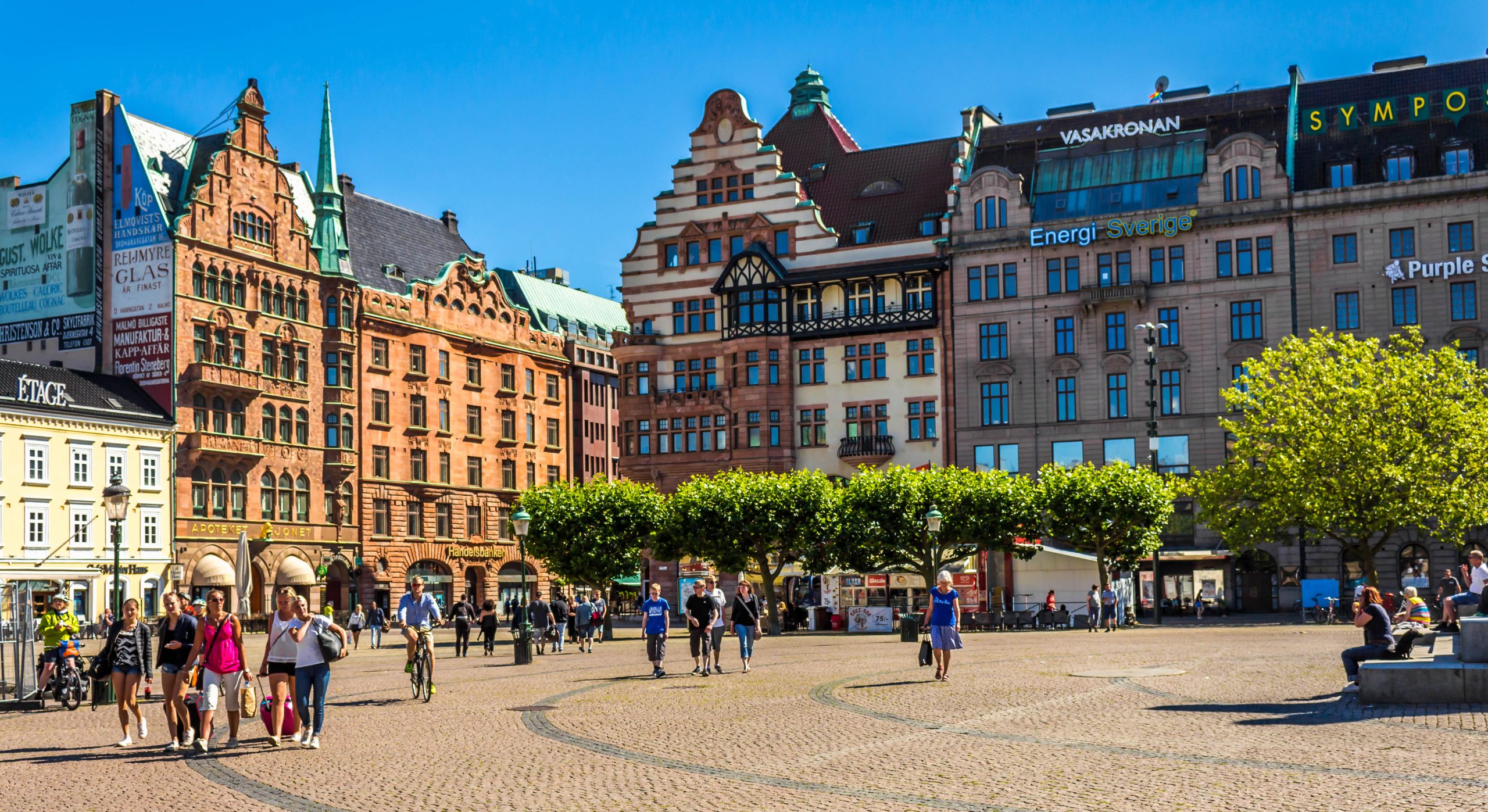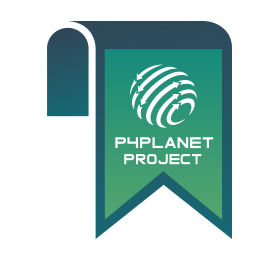The concept of industrial-urban symbiosis is gaining traction as cities and industries increasingly recognise the mutual benefits of collaboration. The City of Malmö has been at the forefront of these efforts, working closely with various stakeholders to optimise resource use, reduce waste, and create a circular urban environment. We spoke with Malin Norling, Climate Strategist and Project Manager for the City of Malmö, to discuss the challenges and successes of implementing industrial-urban symbiosis in the city.
Q: How did the journey towards industrial-urban symbiosis in Malmö begin?
Malin: The journey started back in 2014 when the energy company E.ON and a consultant approached the City of Malmö. They identified a significant amount of residual heat in the harbour area, and saw potential in collaborating with the city, given our experience with fundraising, especially for EU projects. Initially, the focus was on optimising the use of this residual heat, but we quickly realised that a broader perspective was necessary. We began to include other entities like the water, wastewater and waste management companies, as well as food production companies.
This shift allowed us to consider a wider range of resource flows and collaborations, leading to the comprehensive symbiosis network we have today. Waste incineration contributes to district heating, while heat recovered from cleaned wastewater is also utilised. Biogas produced from biowaste treatment was previously used to fuel city buses; however, with the city’s transition to more electric vehicles, the use of biogas in public transport has decreased.
Q: What role does the City of Malmö play in facilitating these collaborations?
Malin: The city has a critical role in coordinating and managing this portfolio of initiatives. When E.ON first approached us, they sought our help not only for funding but also for coordination. We have a broader view of the city in its entirety, which allows us to identify the most relevant actors and organisations and bring them onboard. For instance, we helped bring together public companies, like waste and wastewater companies, and academic partners to deepen our technical knowledge. Over time, our role has evolved into offering a neutral arena where industries and smaller entrepreneurs can meet, discuss, and develop new synergies. We have also recently launched a resource hub.
Q: What are the biggest challenges you have faced in implementing and maintaining industrial-urban symbiosis in Malmö?
Malin: One of the main challenges is maintaining and growing the knowledge needed for successful symbiosis. Unlike traditional projects, industrial-urban symbiosis requires a deep understanding of changing circumstances – such as the fluctuating availability of residual flows due to changes in industrial processes. Trust is another significant challenge. Many businesses are sceptical about symbiosis because they view it through the lens of competition rather than collaboration. Building and maintaining trust among stakeholders is crucial, and the city has worked hard to create forums and neutral spaces where these relationships can develop.
Q: What new areas of focus are emerging in your industrial-urban symbiosis efforts?
Malin: We are currently focusing on several new areas, including plastics, textiles, and food waste. For plastics, we’re organising meetings later this year to discuss how businesses can improve their sorting processes. Textiles are also a big focus, especially with the EU’s upcoming 2025 requirement for textile collection. The regional body for wastewater management has a facility called SiPTEX, which automates textile sorting, and we’re looking for more actors to participate in this. As for food waste, the region already produces biogas and fertiliser, and we as a city are now exploring how to reduce the amount of good food that gets wasted. This involves working closely with actors across the food production and distribution chain to improve logistics and ensure food is handled properly.
Q: The community and social dimensions are often overlooked in industrial-urban symbiosis projects. Do you see a role for citizens, and what social impact and job opportunities do you anticipate?
Malin: We’ve also faced challenges with incorporating the community and social aspects into our projects, but they are crucial. For example, reducing household waste is closely tied to citizen consumption habits. Initially, the region had placed waste handling facilities, like recycling centres, in remote locations, but realised they also need to be more centrally located to encourage participation, and be complemented with mobile collection systems.
On the city’s side, we’re exploring ideas like organising flea markets and creating small cafés to promote resource exchange and provide social spaces. However, raising awareness about reducing consumption and overcoming scepticism towards circular products remains a challenge. Acceptance of these products is key, and ongoing education and engagement are necessary. Additionally, as we focus on areas like textile recycling, there will be significant opportunities for job creation and reskilling. This shift will require a larger, trained workforce, offering a great chance to bring in people who need additional training and contribute to the growing circular economy.
Q: What advice would you give to other municipalities looking to develop their own industrial-urban symbiosis initiatives?
Malin: My advice would be to start by identifying existing resource streams in your municipality and the actors already involved in them. Often, symbiotic relationships exist without being labeled as such. Bringing these actors together to discuss and formalise their cooperation is a great first step. It’s also essential to create a neutral platform where these stakeholders can meet regularly to build trust and explore new opportunities.
Are you interested in learning more about industrial-urban symbiosis and joining a community of like-minded professionals? We invite you to join the Hubs4Circularity Community of Practice, a free platform to share knowledge, tools and opportunities to progress together towards industrial and industrial-urban symbiosis and circular value chains. Sign up at www.h4c-community.eu.


